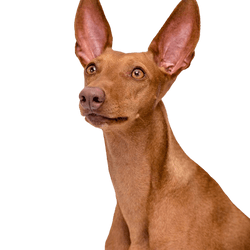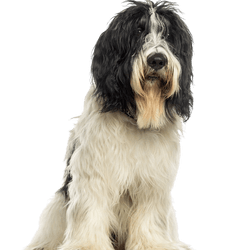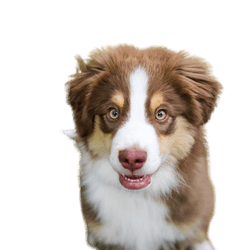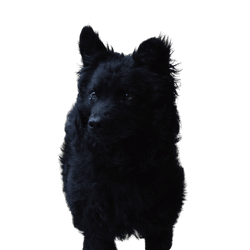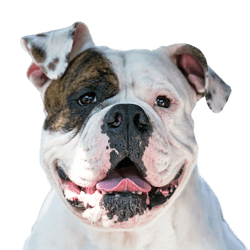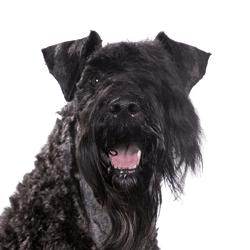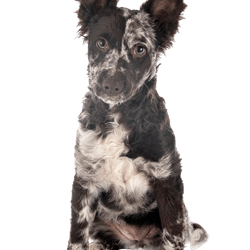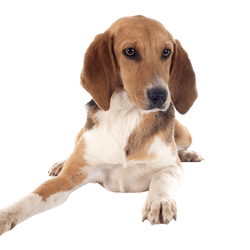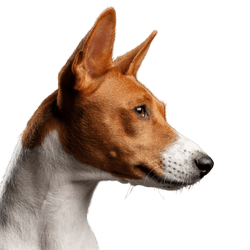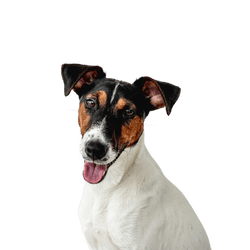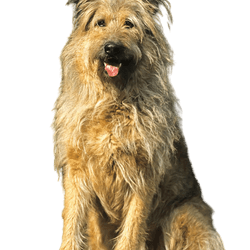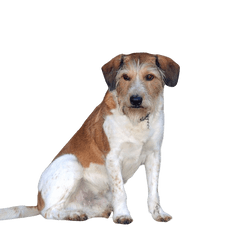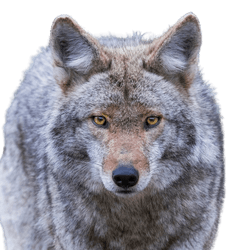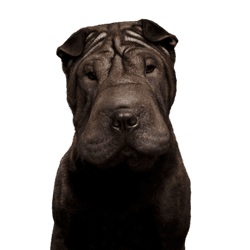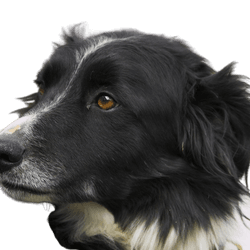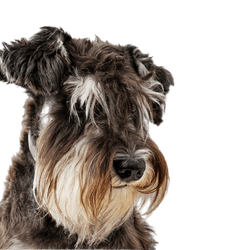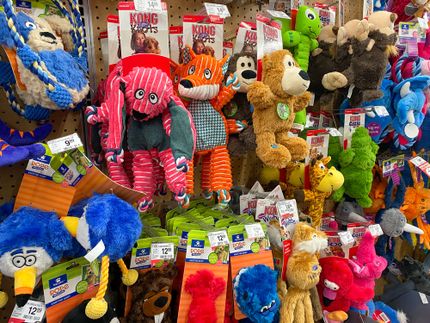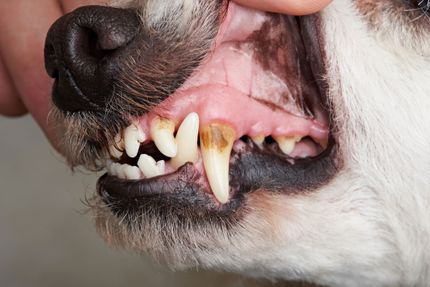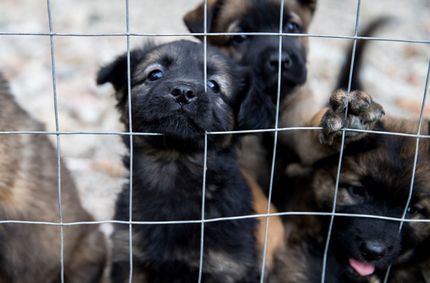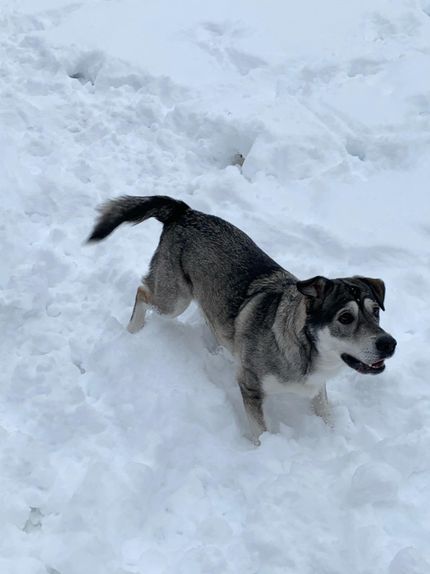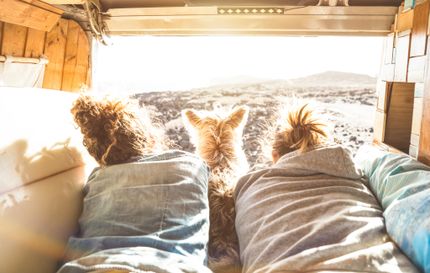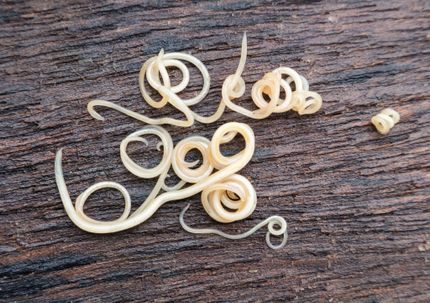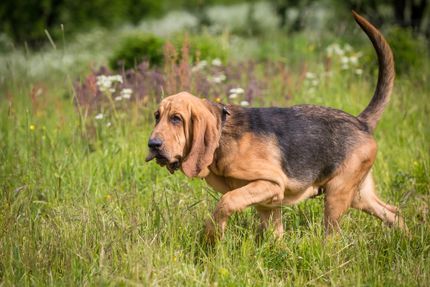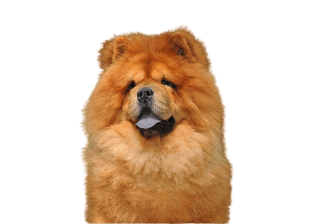
Chow Chow Breed description: Character & Co
Chow Chow
Facts & Origin
What is the origin of the Chow Chow?
The Chow Chow is a very old dog breed, which has its roots in Siberia and Manchuria in the northeast of China. Already in ancient times, these proud animals were used as temple guards in China, Mongolia and Tibet, these dogs were loved by the Chinese emperors. For a long time, the Chow Chow was considered as a status symbol, but was also used as a hunting, sledge and guard dog by the common people. There it was also used as a fur and meat supplier, since dog meat was always considered a delicacy in China. At the end of the 19th century, the lion dog arrived in Europe, first in Great Britain. The origin of the unusual name is not completely clear until today. The most widespread theory is that the breed name is a reference to the Chinese word "Gou" (pronounced "Cow"), which simply means "dog".
What are the breed characteristics of the Chow Chow?
The Chow Chow is a recognised FCI dog breed. Assigned to Group 5, it is defined as a type of Spitz, it specifically belongs to the group of Asian Spitz and related breeds without working test (Section 5, Standard No. 205). A special characteristic of this dog shows when they open their mouth, the mucous membranes in the following places are blue:
- Tongue
- Palate
- Lips
The dog's blue tongue is something very special and makes it stand out. A well-known trademark of the Chow Chow. Something that would be a reason for concern in other four-legged friends, is a part of the breed standard of this dog. Another typical characteristic of the lion dog is the high set tail, which is always carried bent over its back. Additionally, Chow Chows are always uni-coloured.
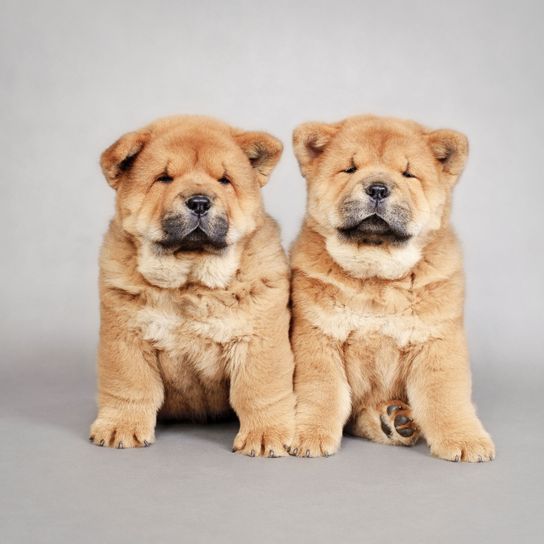
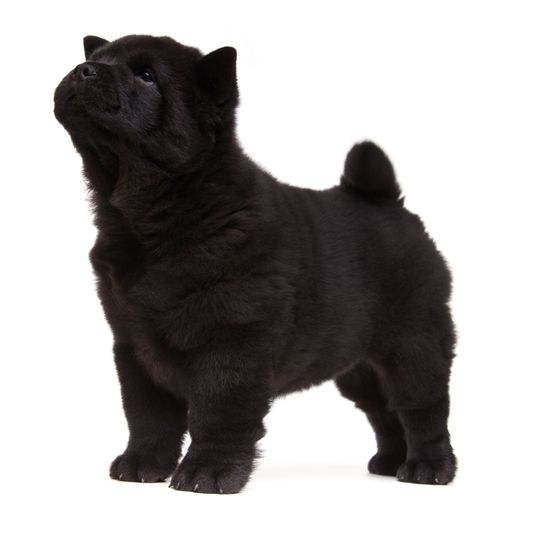
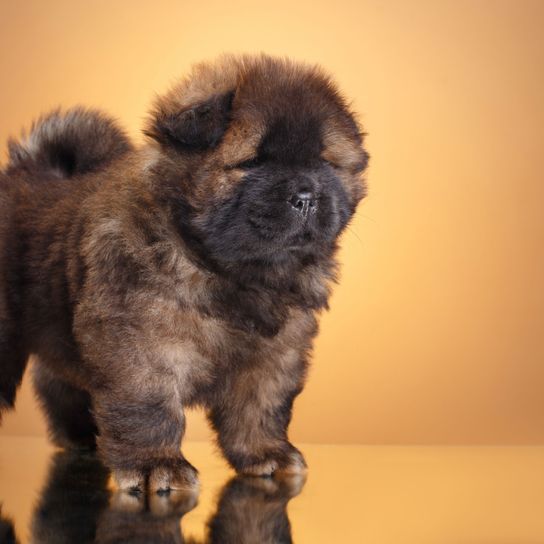

| Alternate Name | Chow |
| Origin | China |
| Life expectancy | 9 - 15 years |
| Care requirements | high-maintenance |
| Activity level | average |
| FCI group | Asian Spitz and related breeds |
| AKC group | non-sporting group |
| KC group | utility group |
Chow Chow mixes
Attitude, character and temperament of the breed
What are the typical character traits of the Chow Chow?
The Chow Chow is considered proud, graceful and not submissive in the slightest. This dog has a mind of its own, it is stubborn and unbribable. Thanks to their highly developed territorial behaviour and its general distrust towards strangers and other dogs, the Chow Chow is well suited as a guard dog. It is considered a typical "one-man dog", which means that it only regards one person as its confidant and is loyal to that person only. Other members of the family are merely tolerated by them, they don't pay any special attention to them. For this reason, the Chow Chow is not a classic family dog, children are of little interest to it. They are neither cuddly nor playful, they appreciate exercise only in the form of walks that include them being able to sniff around. Letting them off the leash is regarded as difficult because of their pronounced hunting instinct which can pose a problem when trying to call back your four-legged friend.
All in all, the Chow Chow is a rather relaxed dog that radiates peace and serenity as long as it does not feel threatened in its territory. If the latter is the case however, specimens of this breed can become very dangerous, they can show aggressive behaviour that is difficult to control. Because of this, a consistent education and early socialisation with other dogs is essential. The Chow Chow is not a breed for first-time owners, it takes a lot of experience to train and keep this dog. Buying a Chow Chow without having researched the breed in detail beforehand is not recommendable and leads to difficulties for all parties involved.
Character
Usage
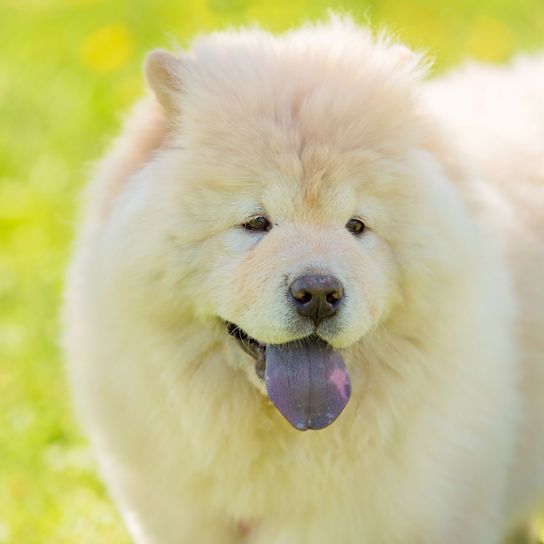
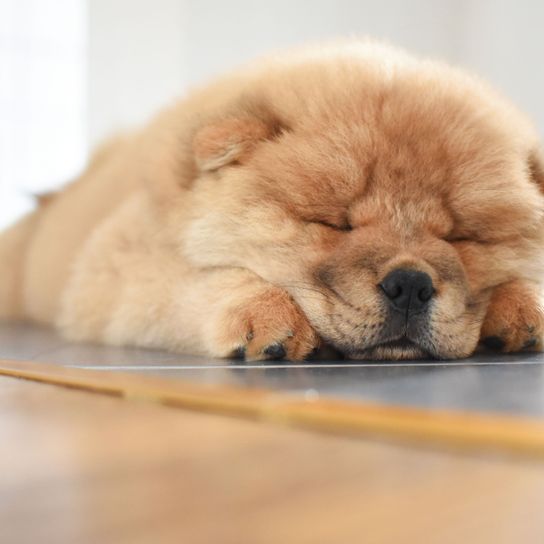
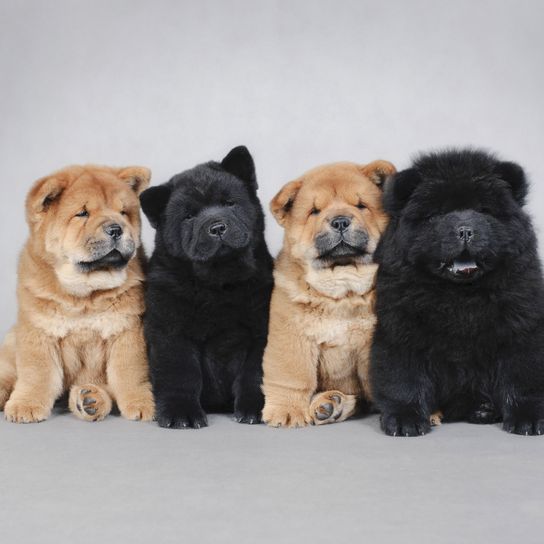
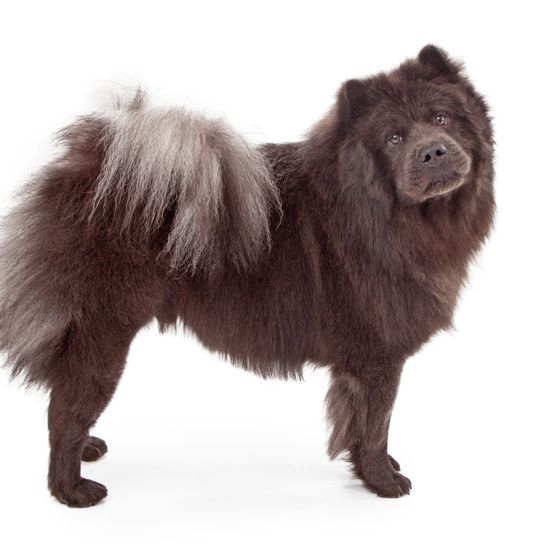

Health and breeding information
What are typical diseases of the Chow Chow?
The following diseases are more common in the breed:
- Shortness of breath
- Eye diseases
- Allergies
- Skin Eczema
- Hip Dysplasia
- Hypothyroidism
What should be considered when breeding Chow Chows?
There was a time when the breed was bred in extreme directions in regards to coat, folds and body. As a result, the animals showed more and more sensitivities and diseases. Today's Chow Chow breeding is back to the original breed type standards. When buying a Chow Chow, you should therefore always make sure that it is a serious Chow Chow breeding, where the puppies pedigree is known and you are provided with vaccination certificates, chip and health certificates. Since the breed is relatively rare, you should inform yourself in advance about the breeder and their work with the animals. A Chow Chow costs about 800-1000 Euros.


Appearance and coat of the Chow Chow
The Chow Chow is bred with either short or long hair. The long-haired version is more common and must meet the following criteria:
- lush, dense, straight and standing off, not excessively long coat
- thick undercoat
- especially dense at the neck, as mane or collar
The thick mane on their neck gives the Chow Chow its lion-like appearance and is typical for this breed of dog. In the short-haired representatives, the coat must have the following characteristics:
- short, lush, dense
- straight, standing off, not lying flat
- plushy
The impressive coat is always solid with slight shading on the belly or thighs, it can have the following colours
- white
- cream
- tan
- black
- blue
- red
Altogether the Chow Chow is compactly built, the thick little ears stand upright. Their blue tongue makes them unmistakable, its tail is carried bent over the back. The eyes are usually dark, medium-sized and oval in shape.
What is the average size of a Chow Chow?
The Chow Chow is considered a medium-sized dog breed. Males reach a height of 48-56 cm measured at the withers, females are slightly smaller measuring 46-51 cm.
How much does a Chow Chow weigh?
The lion dog weight is 25-32 kilograms for male dogs, adult bitches weigh between 20 and 27 kilograms. They give the impression of being much heavier though due to their thick fur. Especially as small puppies the dogs look particularly round and fluffy and almost look similar to Pomeranians.
What is the average age of a Chow Chow?
Their average life expectancy is 12 to 14 years.
| Fur length | long |
| Fur | - |
| Ear shape | Standing Ears |
| Tail | rolled up |
| Anatomy | square |
| Size ♀ | 46 - 51 cm |
| Weight ♀ | 25 - 30 kg |
| Size ♂ | 48 - 56 cm |
| Weight ♂ | 25 - 30 kg |
| Suitable For | - |
Colors

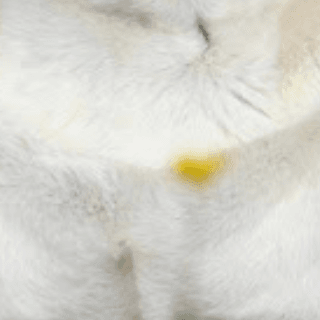
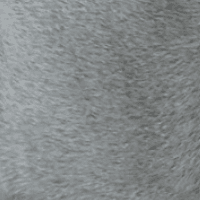


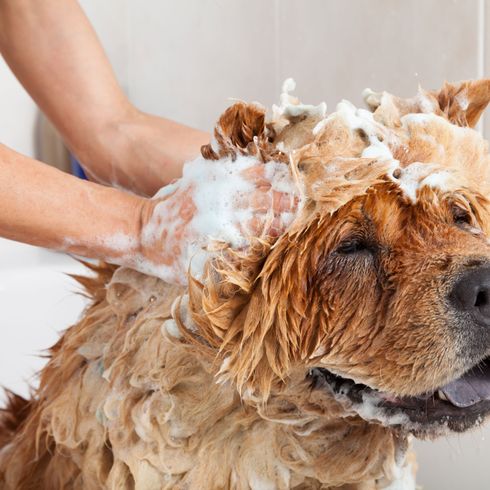
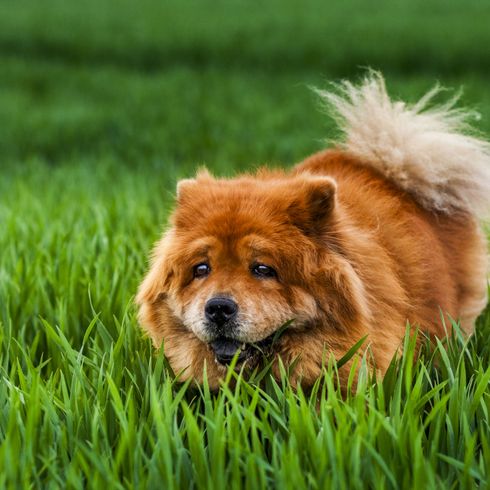
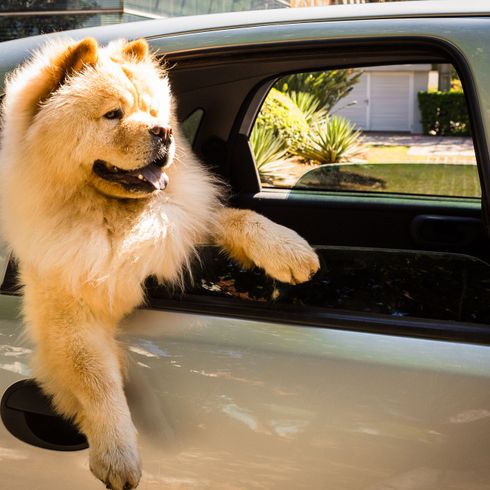
Known Diseases
Allergies
Can occur in a number of breeds, regardless of genetic makeup.
Eye infections
Chronic eye infections can be very painful in dogs and can be treated with medication. In rare cases, the cornea must be treated.
Skin inflammations
Can be hereditary in certain breeds.
Hip dysplasia (HD)
The hip dysplasia or hip joint dysplasia of the dog (HD) is a maldevelopment of the hip joint.
Shortness of breath
Difficult breathing can be recognized by the dog's rattling and sometimes accelerated breathing rate.
Hypothyroidism
Most often, dogs get sick in middle age. Causes of hypothyroidism. Several causes of hypothyroidism are known.
FAQ
-
Chau Chau is not the correct name of this breed. The Chow Chow is spelled with a W at the end. They are not dangerous dog breeds.
-
A Chow Chow costs about 1800-2000 Euro.
-
The Chow Chow is not really a suitable family dog. He is considered a typical "one-man-dog", which means that he only sees one person as his confidant and is loyal to him. Other members of the family are merely tolerated by him, he does not pay special attention to them. For this reason, the Chow Chow is not a classic family dog, with children he can do very little.
Other medium dogs
Useful Articles
You can find articles that might interest you in the dogbible blog to match your favorite breed.
Visit our magazineto stay up to date on dog trends.
To find out more, view our Privacy Policy
Find here the breed that suits you and find out what character traits it has. Here you can also learn more about the origin, size and weight of your favorite breeds.
Matching your favorite breed, you'll find articles that might interest you on the dogbible dog blog.
Jogging with a dog - these are the tips you should follow to make it work
Can dogs sweat? Tips against overheating in dogs
Dogs at the wedding - here's how you can incorporate your favorite one





